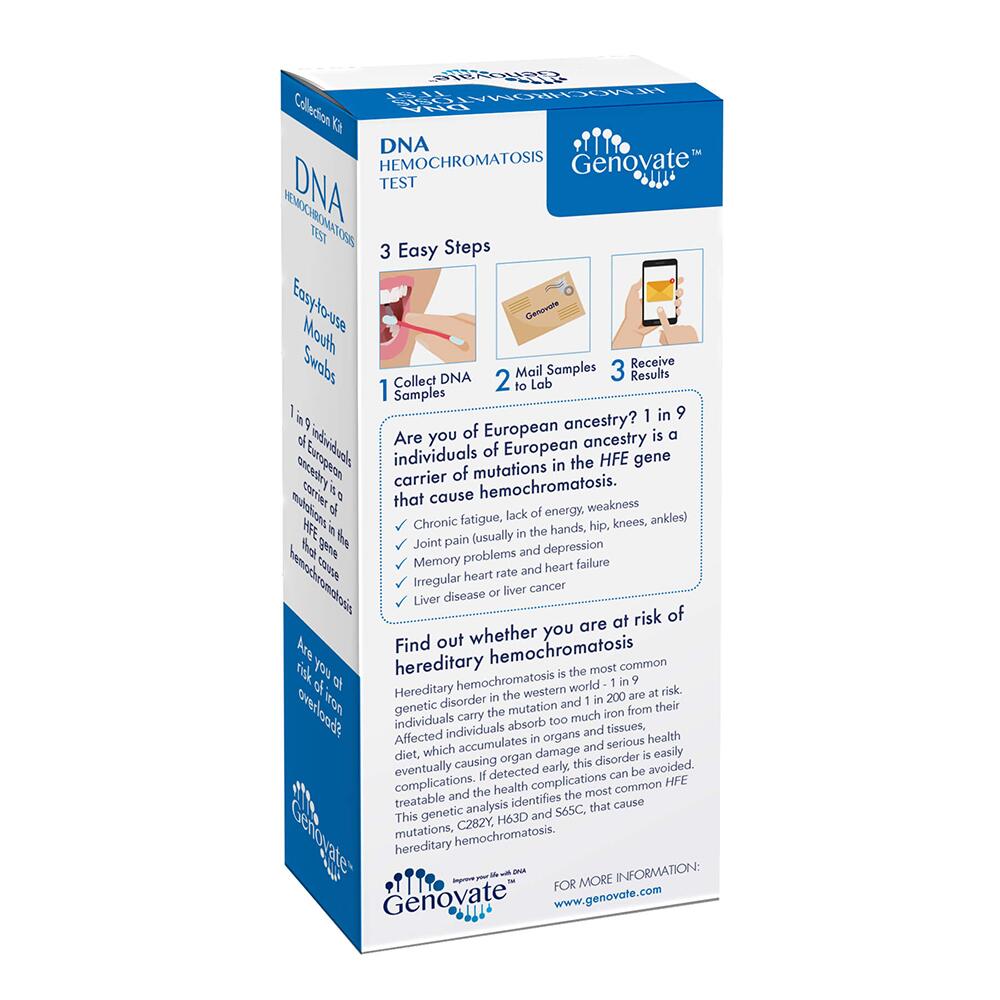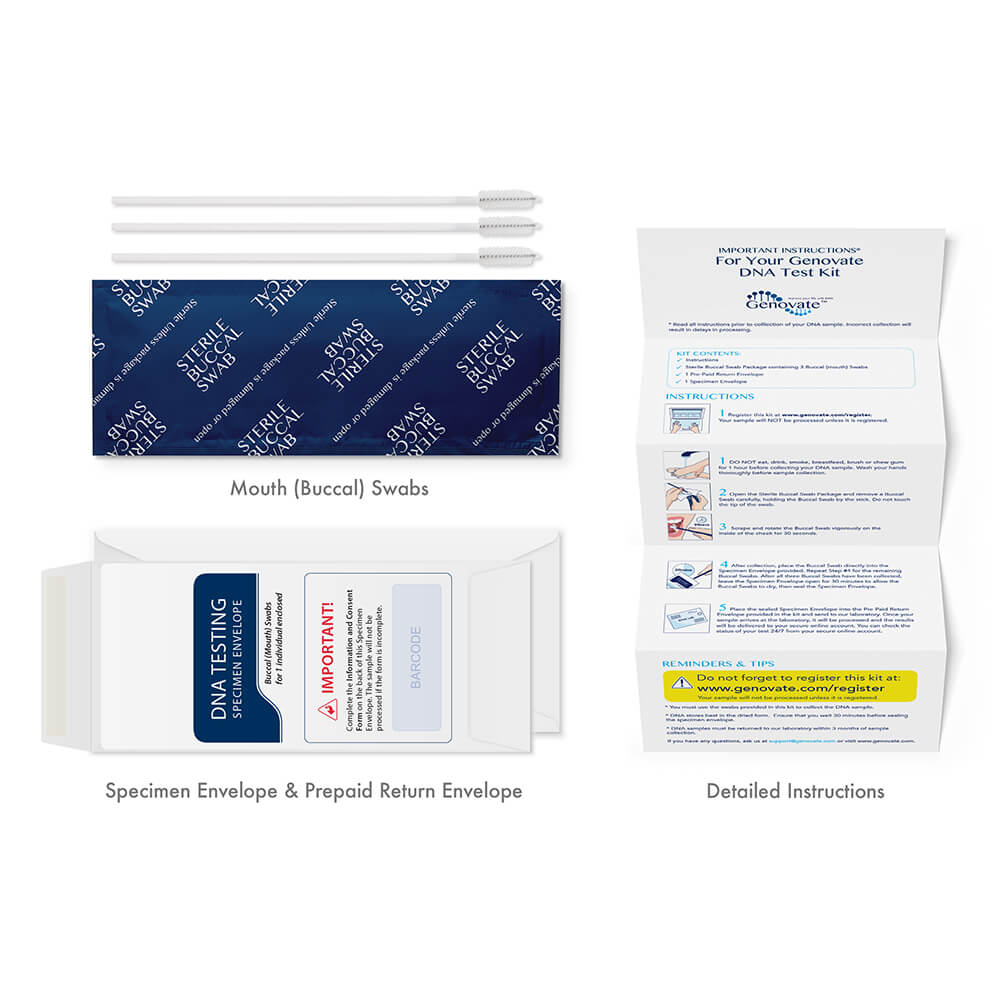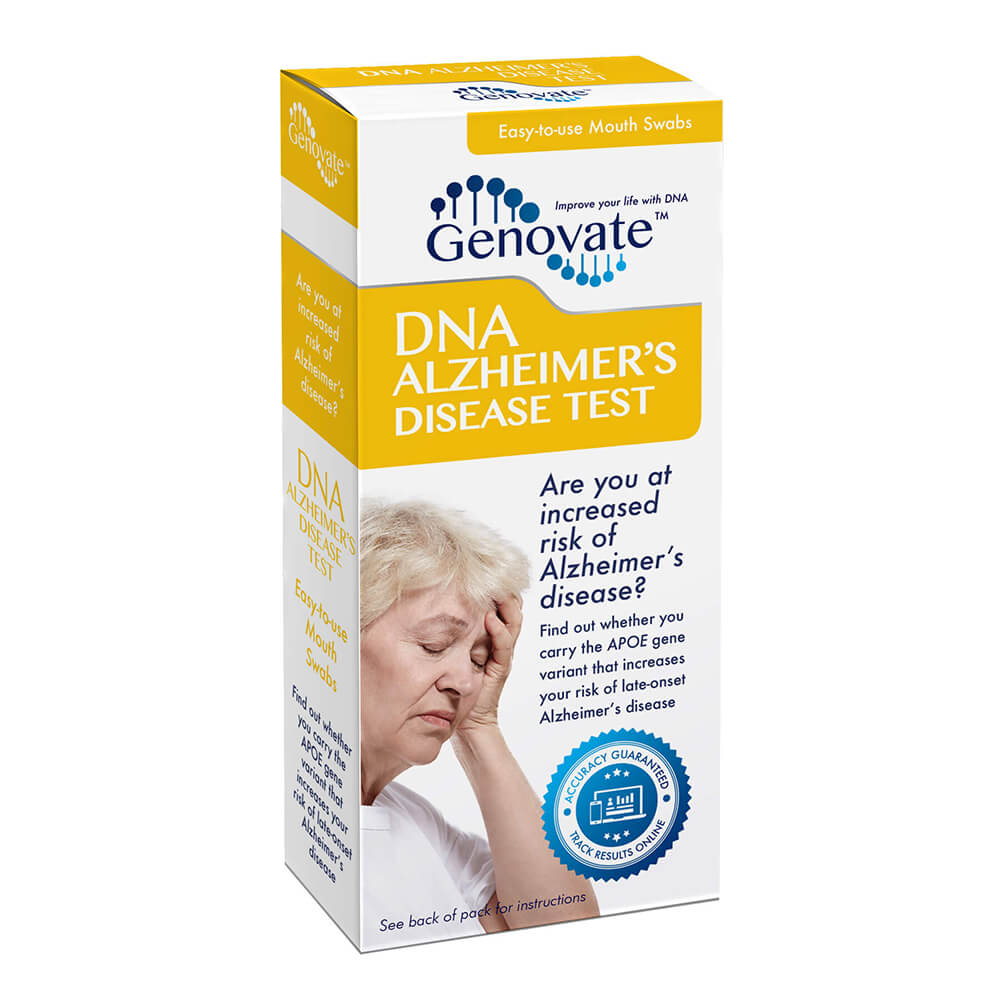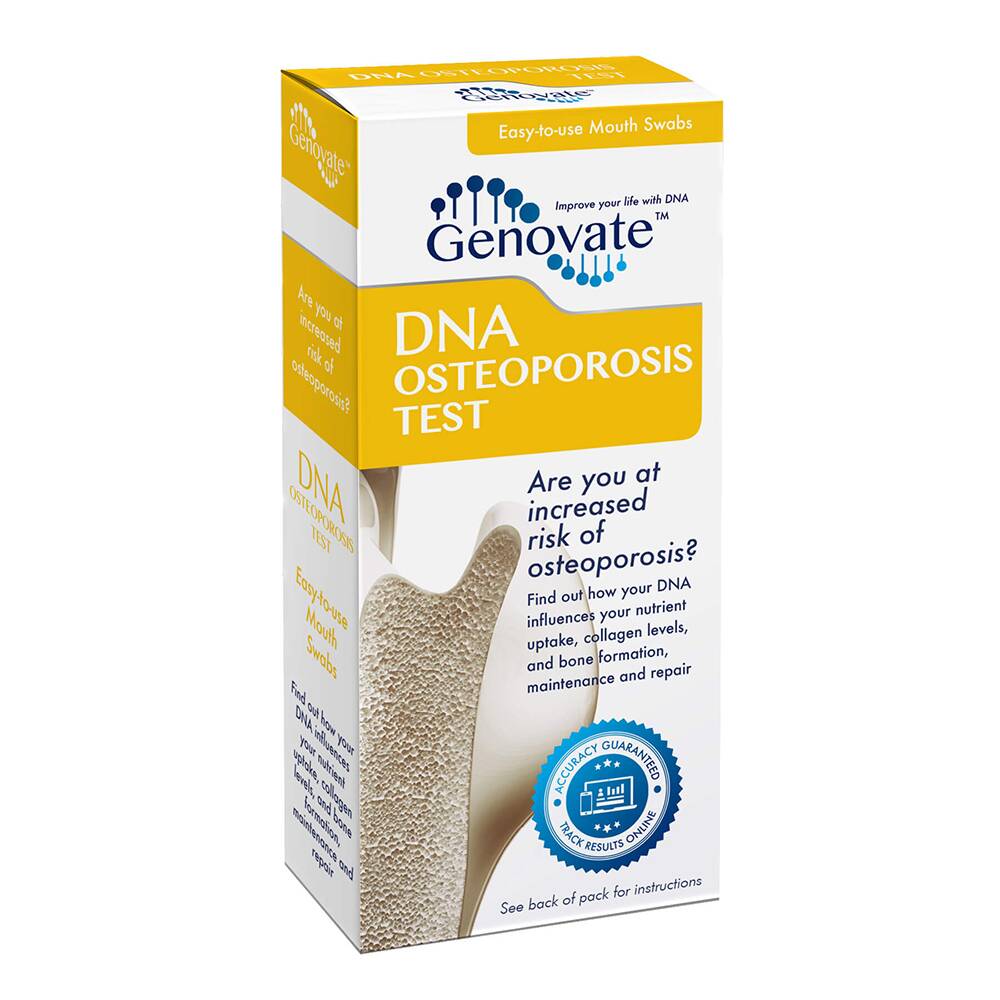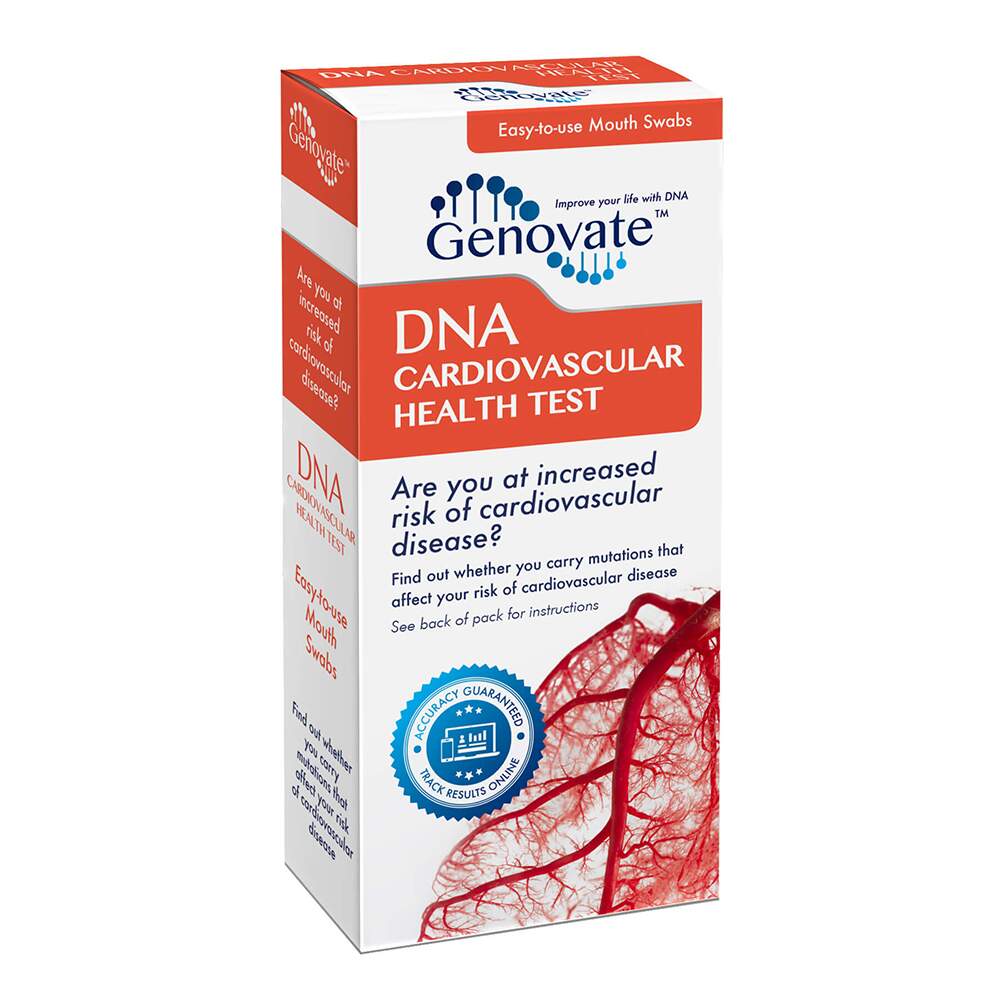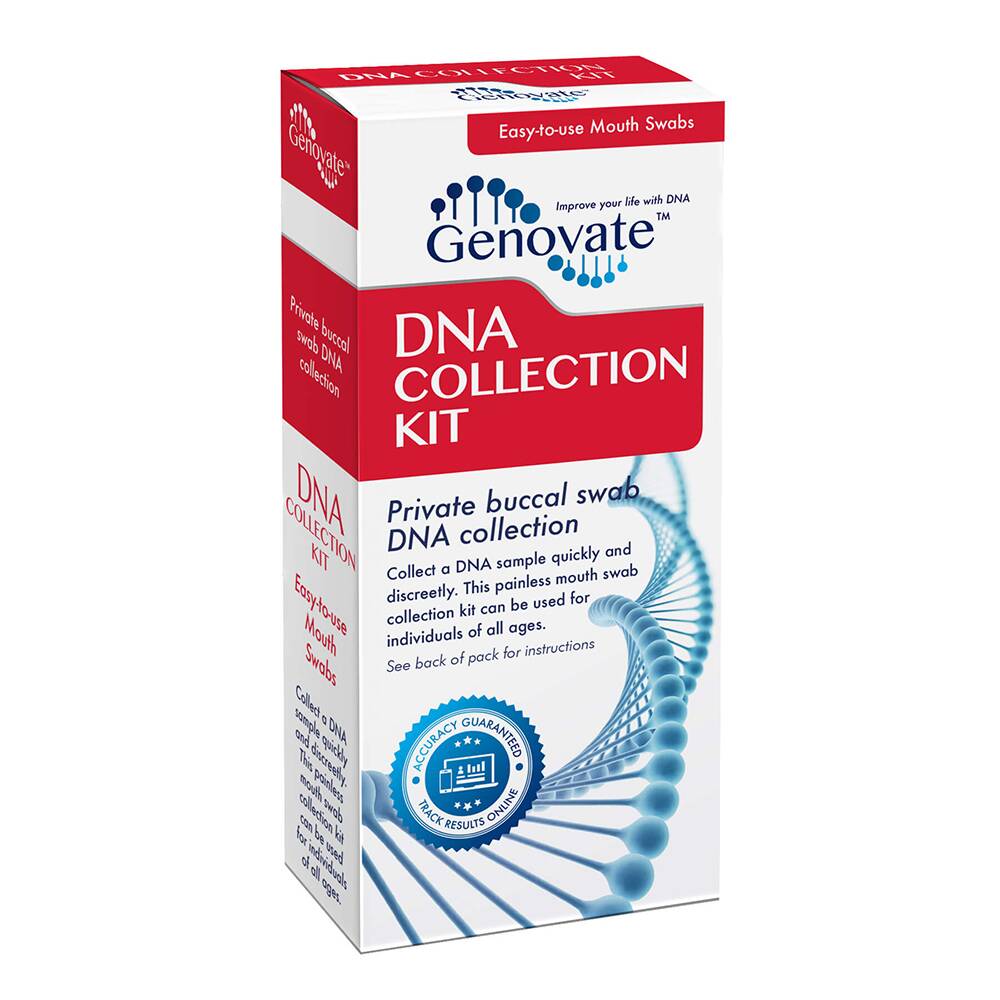Hemochromatosis DNA Test
$195.00
The Genovate Hemochromatosis DNA Test kit offers a convenient and reliable way to determine your genetic risk of hemochromatosis. By analyzing the HFE gene, the test provides valuable information about an individual’s predisposition to this common genetic disorder.
- Detects three mutations in the HFE gene linked to hemochromatosis
- Includes insights into common symptoms and health implications
- Empowers you to take proactive steps towards managing your health
- Easy, painless mouth swabs & confidential online results
Hemochromatosis is a hereditary condition characterized by excessive absorption of dietary iron. This leads to the accumulation of iron in various organs, which can cause damage over time. Common symptoms include fatigue, joint pain, and abdominal pain. If left untreated, hemochromatosis can lead to serious complications such as liver disease, heart problems, and diabetes.
The onset of symptoms may go unnoticed for years, as the condition develops gradually. Typically, symptoms emerge later in life, with variations based on gender. Men typically start experiencing symptoms between the ages of 30 and 50, whereas women tend to develop symptoms after the age of 50, often well into post-menopause.
Early detection plays a crucial role in managing hereditary hemochromatosis effectively, particularly for individuals with a family history of the disorder. Regular screenings are recommended to identify the condition early on. Treatment options, such as phlebotomy (therapeutic blood removal), aim to reduce excess iron levels in the body, promoting better health outcomes and lowering the risk of severe complications associated with the disorder.
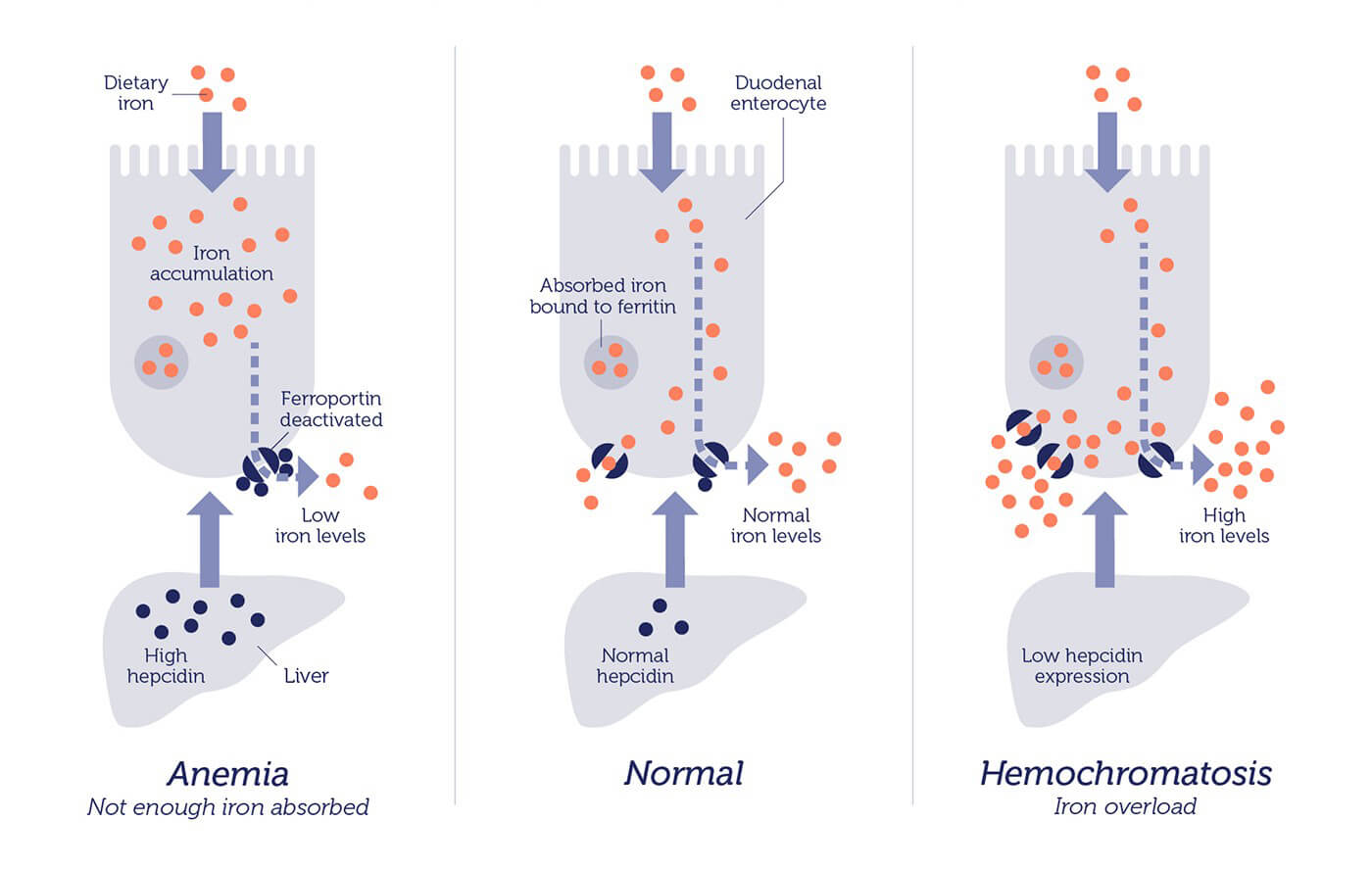

The Genovate Hemochromatosis DNA Test is designed to identify three specific genetic variations within the HFE gene linked to an increased likelihood of developing hemochromatosis.
- C282Y Mutation: This is the most common mutation associated with hemochromatosis and is often linked to the condition’s most severe symptoms.
- H63D & S65C Mutations: These additional mutations can also increase the risk of hemochromatosis, though their effects are generally less severe than the C282Y mutation.
How is hemochromatosis inherited?
Hemochromatosis is an autosomal recessive disorder, meaning that for symptoms to develop, a person must inherit two mutated versions of the HFE gene – one from each parent. The highest risk of developing hemochromatosis is seen in individuals with two copies of the C282Y mutation, which occurs in about 80-85% of diagnosed cases. While individuals with two copies of either the H63D or S65C mutations have a slightly increased risk, they are less likely to experience symptoms.
Compound heterozygosity occurs when a person has two different HFE gene mutations (e.g., one C282Y and one H63D), potentially leading to a milder form of hemochromatosis. Conversely, a combination of one H63D mutation and one S65C mutation does not appear to increase the risk of hemochromatosis.
Understanding Your Risk
Hereditary hemochromatosis is a genetic disorder that affects many individuals, particularly those of European descent. Studies indicate that approximately 1 in every 300 people with European ancestry carries two copies of the C282Y mutation, significantly increasing their likelihood of developing the condition. Typically, individuals with only one mutated gene do not exhibit symptoms; however, certain lifestyle factors, such as alcohol consumption or existing liver conditions, can precipitate the onset of iron overload in susceptible individuals.
While inheriting two mutated HFE genes raises the risk of hemochromatosis, not everyone with these genetic markers will develop symptoms. Environmental and lifestyle factors, such as conditions affecting the liver or heavy alcohol use, can play a critical role in triggering hemochromatosis in genetically predisposed individuals.
Early Symptoms of Hemochromatosis
Identifying hemochromatosis in its initial stages can be challenging due to the nonspecific nature of its early symptoms, which are common to many other health conditions. Key early indicators to watch for include:
- Persistent fatigue and general weakness
- Joint pain, particularly in the hands, known as the “Iron Fist” symptom
- Memory difficulties
- Depression
- Shortness of breath
- Irregular heart rhythms
- Elevated blood sugar levels
- Reduced thyroid function
Early diagnosis and treatment are critical to prevent complications from the disorder. Individuals with a family history of the disorder are strongly encouraged to discuss genetic testing options with their healthcare provider. Taking proactive steps upon the identification of risk factors or early symptoms can significantly improve health outcomes and quality of life for those affected by hereditary hemochromatosis.
How it works
Order your kit
Collect your sample
Receive your results
Related Products
$195.00
$195.00
$349.00
$195.00


